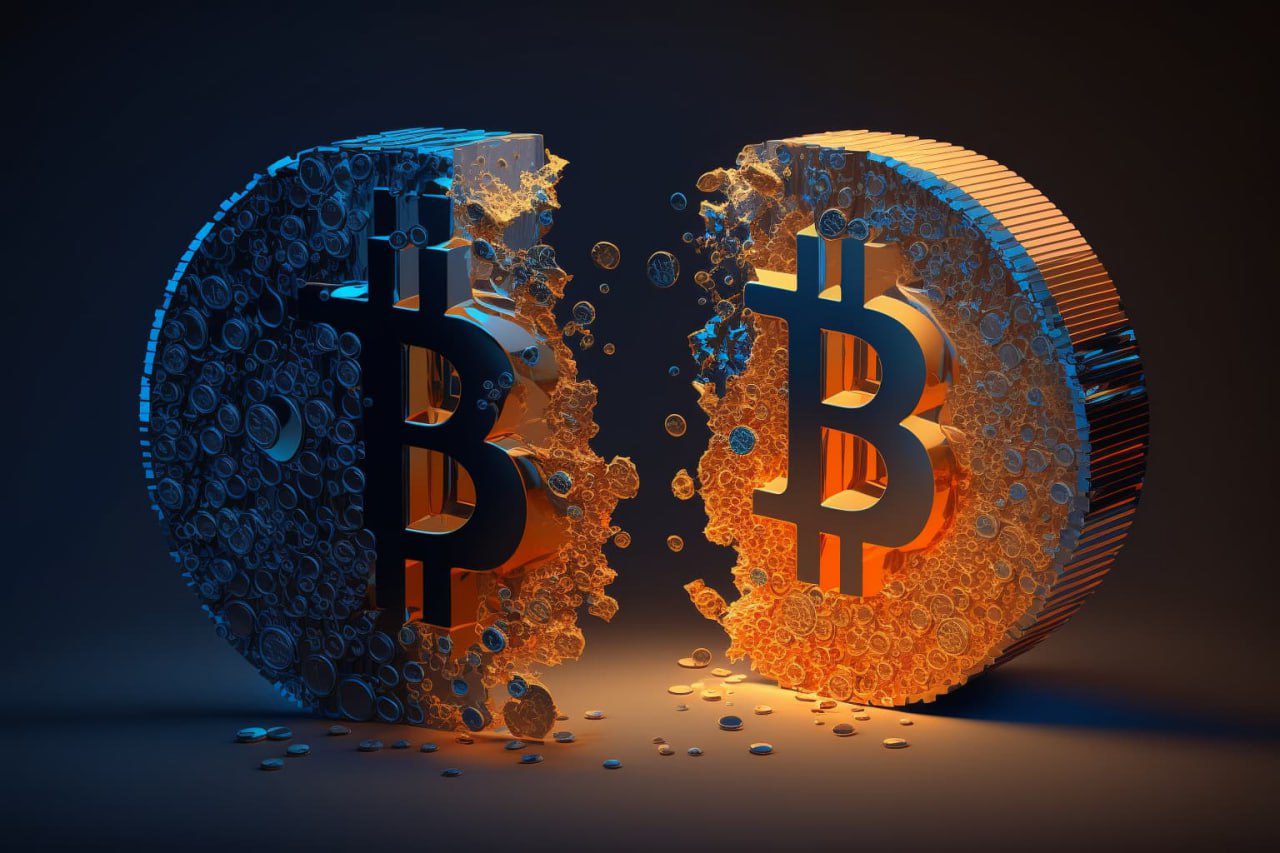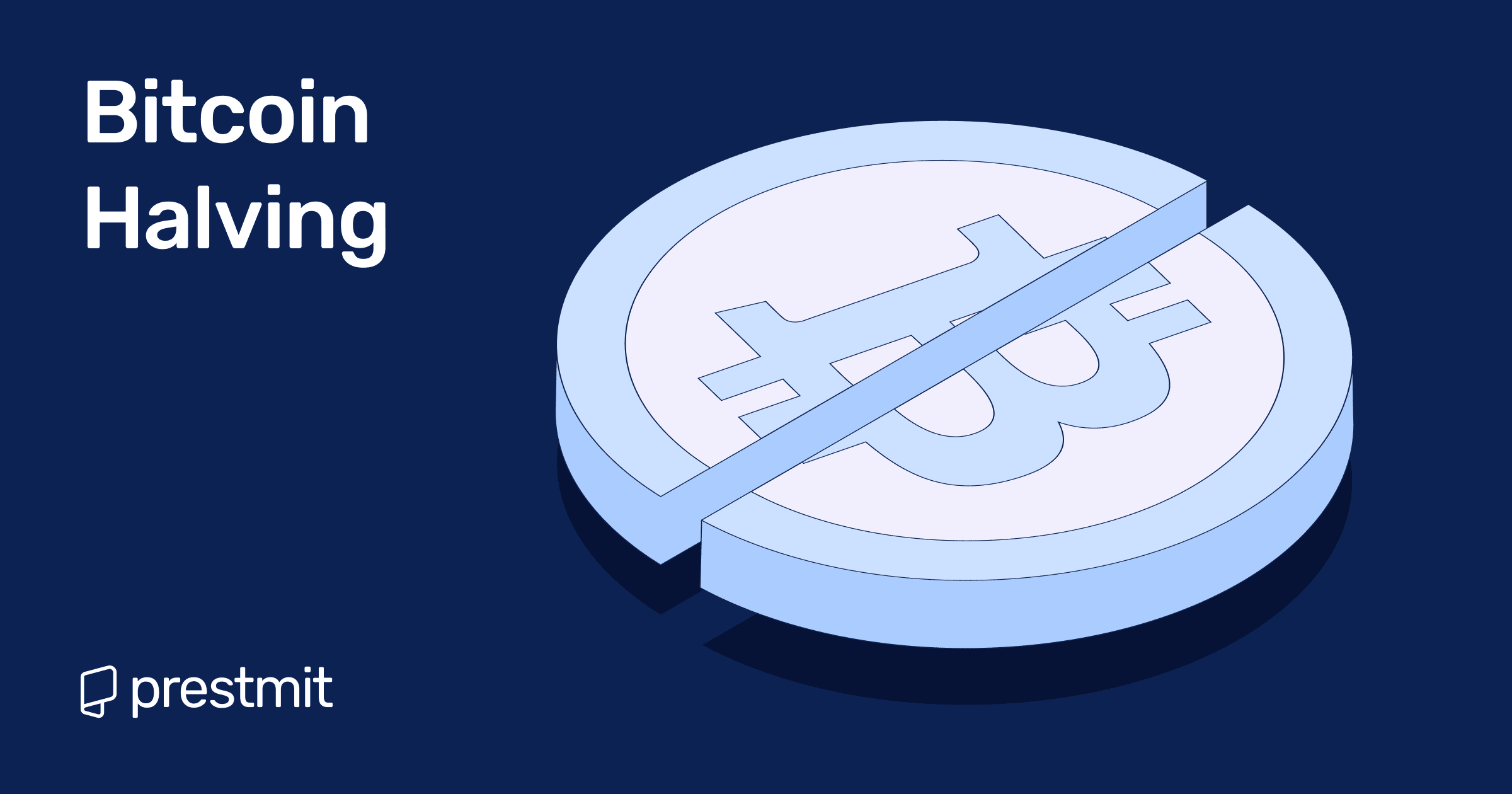Table of Contents
The halving of Bitcoin is not just an event—it is the heartbeat of the digital economy. It’s the mechanism that builds scarcity into code and dictates the rhythm of crypto. Every four years, mining rewards are cut in half, triggering waves of volatility, speculation, and renewed debates about value. Investors watch closely, miners adjust their strategies, and markets brace for the effects of engineered scarcity.
Beneath the hype, however, lies a simple truth: halving ensures Bitcoin remains scarce, reliable, and shielded from inflation. Understanding this process isn’t optional—it’s a necessary knowledge for anyone seeking clarity in an era where digital assets are reshaping the world economy.
What is Bitcoin Halving?

Bitcoin halving is a programmed reduction by half of the reward to miners. It is carried out roughly every 210,000 blocks, or roughly every four years. Miners originally got 50 BTC per block in 2009; through successive halvings, it was reduced to 3.125 BTC in 2024. By design, there will be just 21 million Bitcoins that will ever exist, and the halvings will decelerate supply release until the final coin is mined in about 2140.
| Halving Year | Block Reward (BTC) | Circulating Supply Post-Halving |
| 2009 | 50 | ~0.0M |
| 2012 | 25 | ~10.5M |
| 2016 | 12.5 | ~15.7M |
| 2020 | 6.25 | ~18.3M |
| 2024 | 3.125 | ~19.7M |
This predictable reduction ensures scarcity and defends Bitcoin’s inflation-resistant architecture.
Why Does Bitcoin Halving Exist?
Halving serves to combat inflation in the same manner as central banks, only without human effort. Fiat currency increases indefinitely, eroding purchasing power. Bitcoin sidesteps this by encoding scarcity into the protocol. Halving caps supply so that there is a deflationary cycle, making Bitcoin stronger as “digital gold.”
The mechanism copies rare metals: Bitcoin mining becomes more difficult as it is made less available. By linking incentives to scarcity, halving preserves long-term value. Without halving, the supply curve of Bitcoin would flatten too early, lowering rarity and diminishing its economic attractiveness. This mechanism turns Bitcoin into a hedge against traditional bank inflationary monetary policy.
How Bitcoin Halving Works
Bitcoin miners confirm transactions and maintain the network’s existence by solving extremely complicated math problems. They are rewarded with block rewards in return. Similar to every halving, such a reward diminishes, rendering miners less profitable but rarer.
For example, in 2020, miners received 6.25 BTC per block; following the April 2024 halving, that was reduced to 3.125 BTC. Miners are subsequently forced to depend more on transaction fees in an effort to maintain revenue, tipping the incentive balance.
Halving is not a decision or vote that institutions get to make—it’s carried out by Bitcoin software. The network automatically halves the reward every 210,000 blocks, freezing the system. This remarkable design creates predictability, contrary to fiat’s uncertain monetary policy.
Historical Impact of Bitcoin Halving
Halvings have been a persistent force in Bitcoin bull cycles. Following the halving of 2012, Bitcoin blasted from $12 to more than $1,100 in 2013. Halving in 2016 propelled the mythical performance in 2017, when Bitcoin hit an all-time high of almost $20,000. Halving in 2020 drove Bitcoin to $69,000 in 2021, an all-time high.
While correlation is not always causation, the trend remains true: shrinking supply with steady demand ignites bullish momentum. Volatility in the short term is unavoidable, however. Prices fall before rallying, following miner capitulation, market rebalancing, and spec cycle tendencies. History has shown that halvings do not happen only to Bitcoin—halvings echo throughout the entire cryptocurrency space.
Why Bitcoin Halving Matters
Halving matters because it is money discipline. Investors use it as a scarcity signal, institutions institutionalize it as hedging, and miners treat it as survival. Each halving adds more grist to the store-of-value argument for Bitcoin.
Scarcity creates demand, and halving does it twice. This naturally differentiates Bitcoin from fiat currency, whose supply is at the behest of political desires. Long-term investors currently possess over 75% of circulating Bitcoin, as noted by Glassnode data (2024), cementing its growing reputation as an inflation hedge.
Moreover, halving awakens mainstream attention. Every one brings new purchasers, reshaping liquidity pools and cementing Bitcoin’s reputation for Bottomless scarcity.
Frequently Asked Questions (FAQs) About Bitcoin Halving
Is Bitcoin halving safe for investors?
Yes, Bitcoin halving is safe—it is a scheduled event that has been designed into the blockchain. But it induces market volatility, which is risky for short-term investors.
Does halving guarantee Bitcoin price appreciation?
No, no guarantee. Historical data show excellent positive momentum following halvings, but price movement depends on general market conditions, demand, and global economic trends.
Will Bitcoin run out of supply after all halvings?
Yes, around the year 2140, there will be no new Bitcoins mined. The supply will be 21 million, and miners will live on transaction fees alone.
Is Bitcoin halving special to altcoins?
Yes. Bitcoin halving affects the greater crypto ecosystem. Lower BTC supply is bullish, pushing altcoin prices higher through virtue of capital inflows and speculation.
Conclusion
Bitcoin halving is not just a date—a turn of the calendar page—it’s the linchpin of Bitcoin’s economic foundation. Through scarcity creation, halving turns Bitcoin into digital gold, unmanipulable by politics and money inflation. Its historical influence illustrates supply shock tendencies delivering price discovery, whereas its future imposes the presence of scarcity.
Investors, miners, and institutions all plan for such events because they redesign the dynamics of the environment. In a world of currency strangulation and inflation, Bitcoin halving is not only relevant—it is a revolution, solidifying Bitcoin as the most disciplined, scarce, and resilient digital currency ever devised.
Last updated on September 22, 2025

